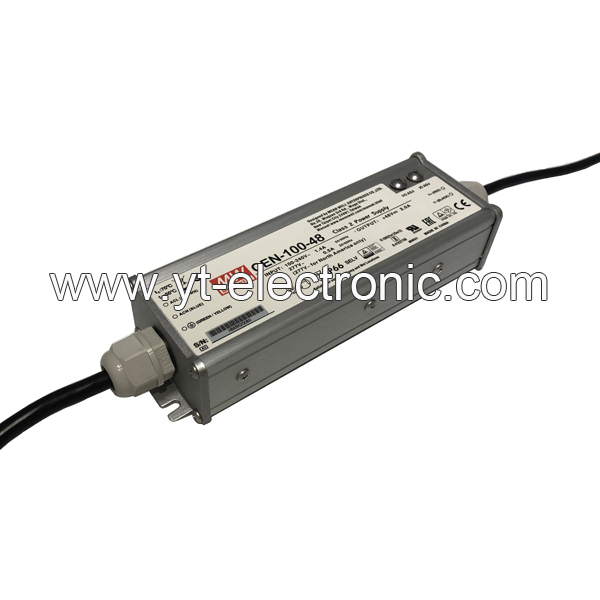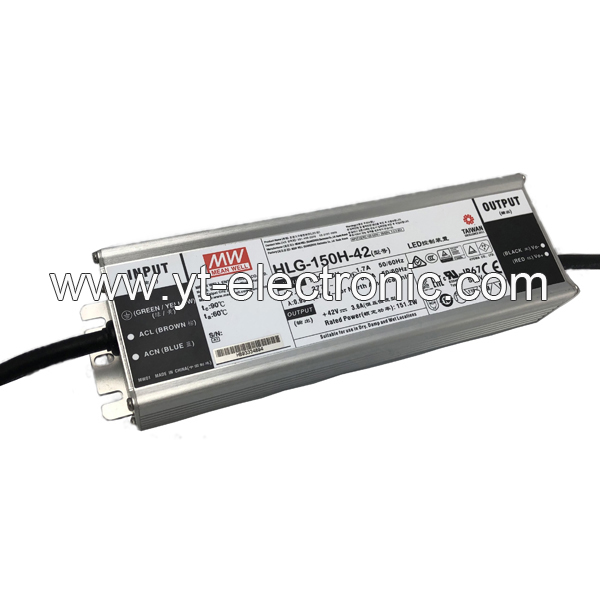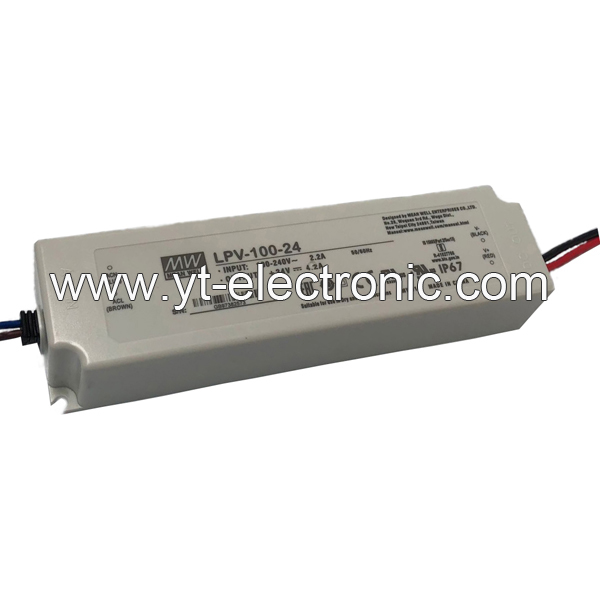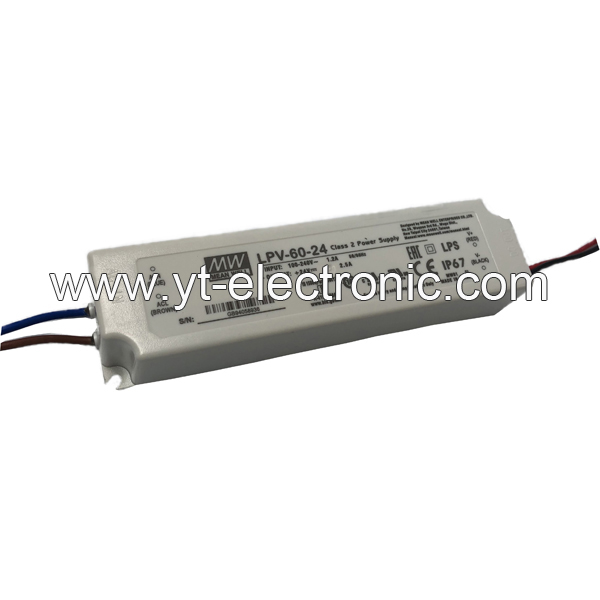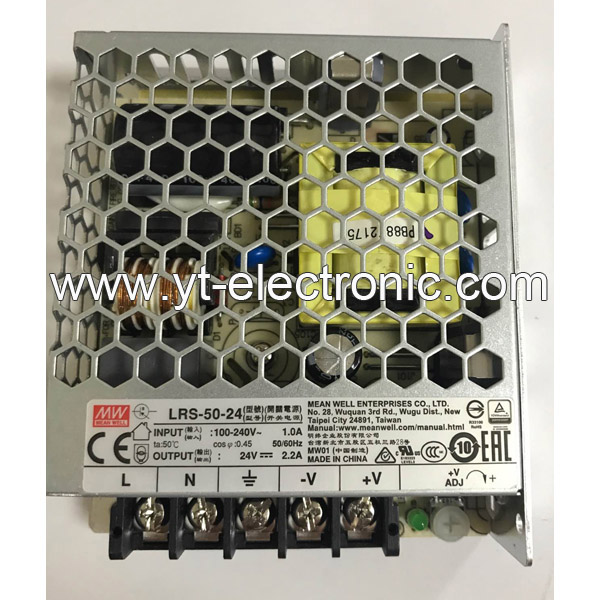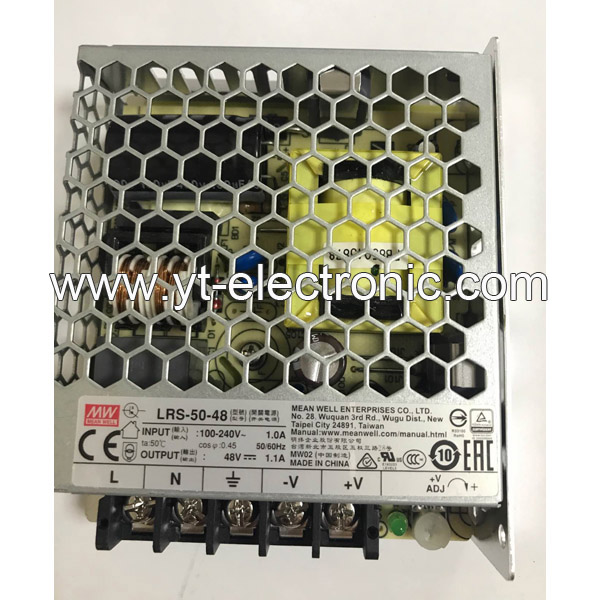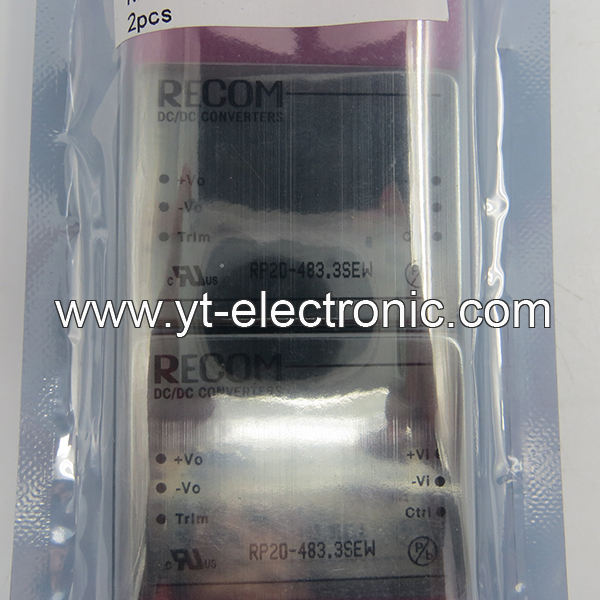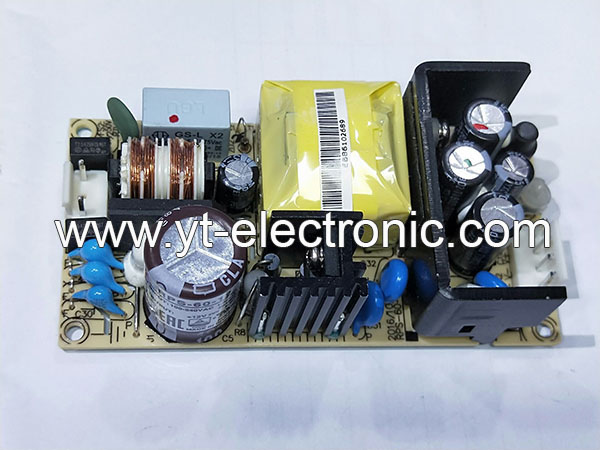Power Supplies – External or Internal (Off-Board)
1. Overview
External power supply: refers to a power supply module independent of the device, such as an AC/DC wall adapter. Typical models include a 5V/15W AC-to-DC adapter, which has the characteristics of a wide input voltage range and stable output.
Internal power supply: A power supply unit integrated inside the device, including a PCB onboard power module, which supports customized configuration to meet the power requirements of different devices.
2. What are the Technical Features of Off-Board Power Supply?
Circuit Design:
A secondary EMI filter circuit is used to reduce electromagnetic interference, and energy efficiency is improved through PFC (power factor correction) technology;
Integrated high and low voltage conversion topology structure, with low voltage filter circuit to ensure output stability.
Protection Function:
Built-in overvoltage, overcurrent and short circuit protection mechanisms, such as a bidirectional current limiting chip that can achieve 28V withstand voltage and 6A current management;
Some models support external adjustable soft start and overvoltage threshold settings to enhance system compatibility.
3. What is Off-Board Power Supply Used for?
Consumer electronics: external adapters for portable devices such as laptops and tablets;
Industrial equipment: uninterruptible power supplies (UPS) and docking stations for servers and industrial control systems;
Communications: power management solutions for high-power transmission standards such as Thunderbolt/USB Type-C.
This category of products balances versatility and customization through modular design, while taking into account safety certification (such as 3C) and heat dissipation optimization.

